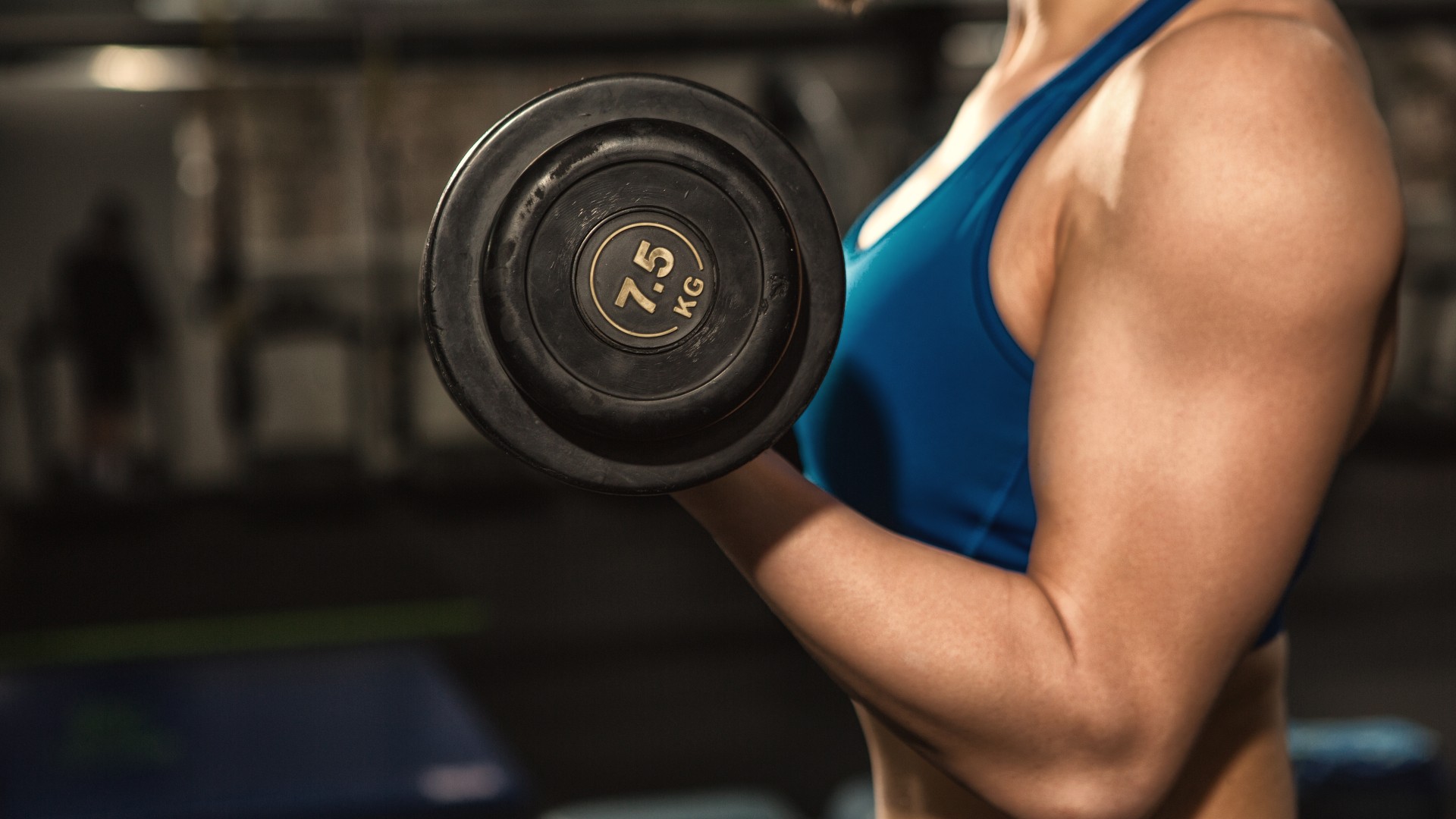
If you’re looking for some of the best biceps exercises for building your arms, reverse curls are a top-tier arm exercise worth knowing. Below, we cover how to do reverse curls, what muscles they work and how to add them to your existing strength routine.
The reverse curl is a variation of biceps curls. Instead of holding a set of the best adjustable dumbbells, a barbell, or an EZ-curl bar with your palms facing toward you, you’ll turn your palms away from your body using a pronated grip. The move hits the forearms hard and builds muscle and strength in your arms.
But keep in mind that the variation will emphasize muscle groups differently, so read on to see if the reverse curl is suitable for your goals and how to safely modify the biceps exercise.
Reverse curls: Benefits
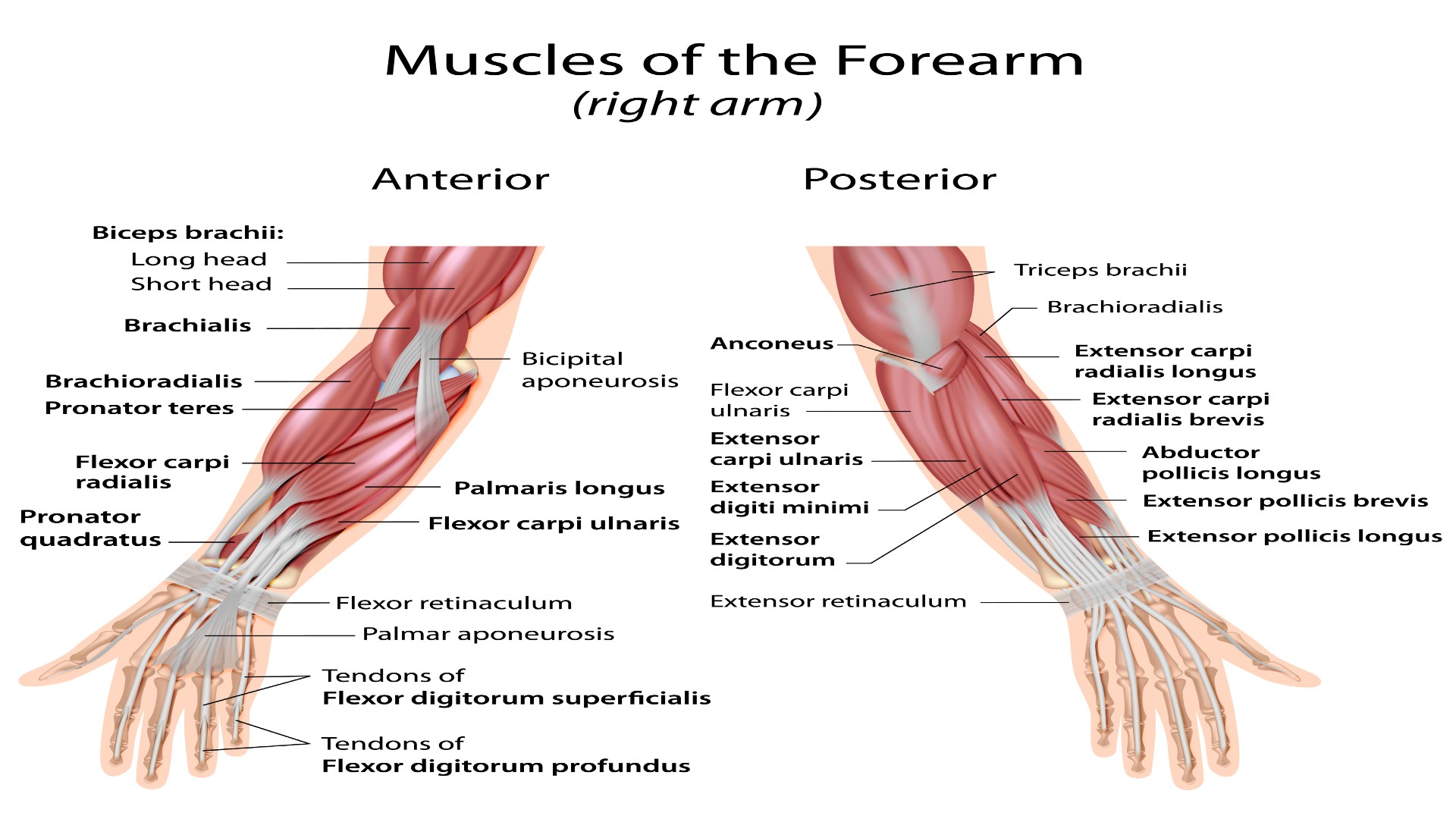
Reverse curls are commonly adopted within resistance training programs to help activate the biceps brachii and brachialis and build arm muscle. The pronated hand position works your forearms harder, targeting and strengthening the brachioradialis muscle. As a group, these muscles help shape the definition of your arms.
Your forearms help facilitate upper limb and complex arm, wrist, and finger movement. Working on your wrist, forearm and biceps strength can also transfer to a better grip during compound lifts like pull-ups, deadlifts and the farmer’s walk. If you want to define your forearms and tax your biceps, this is the move to choose.
How to do reverse curls
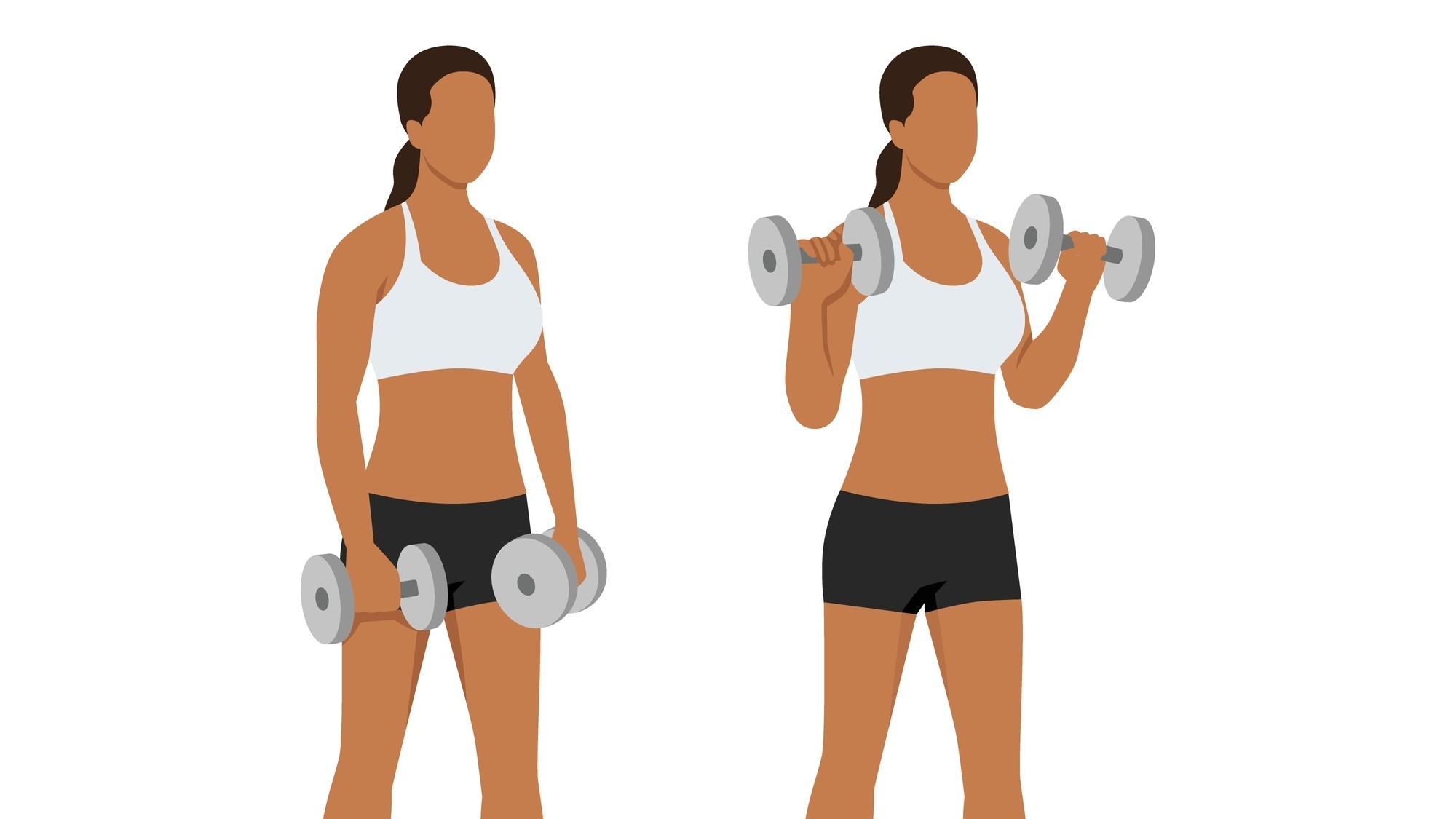
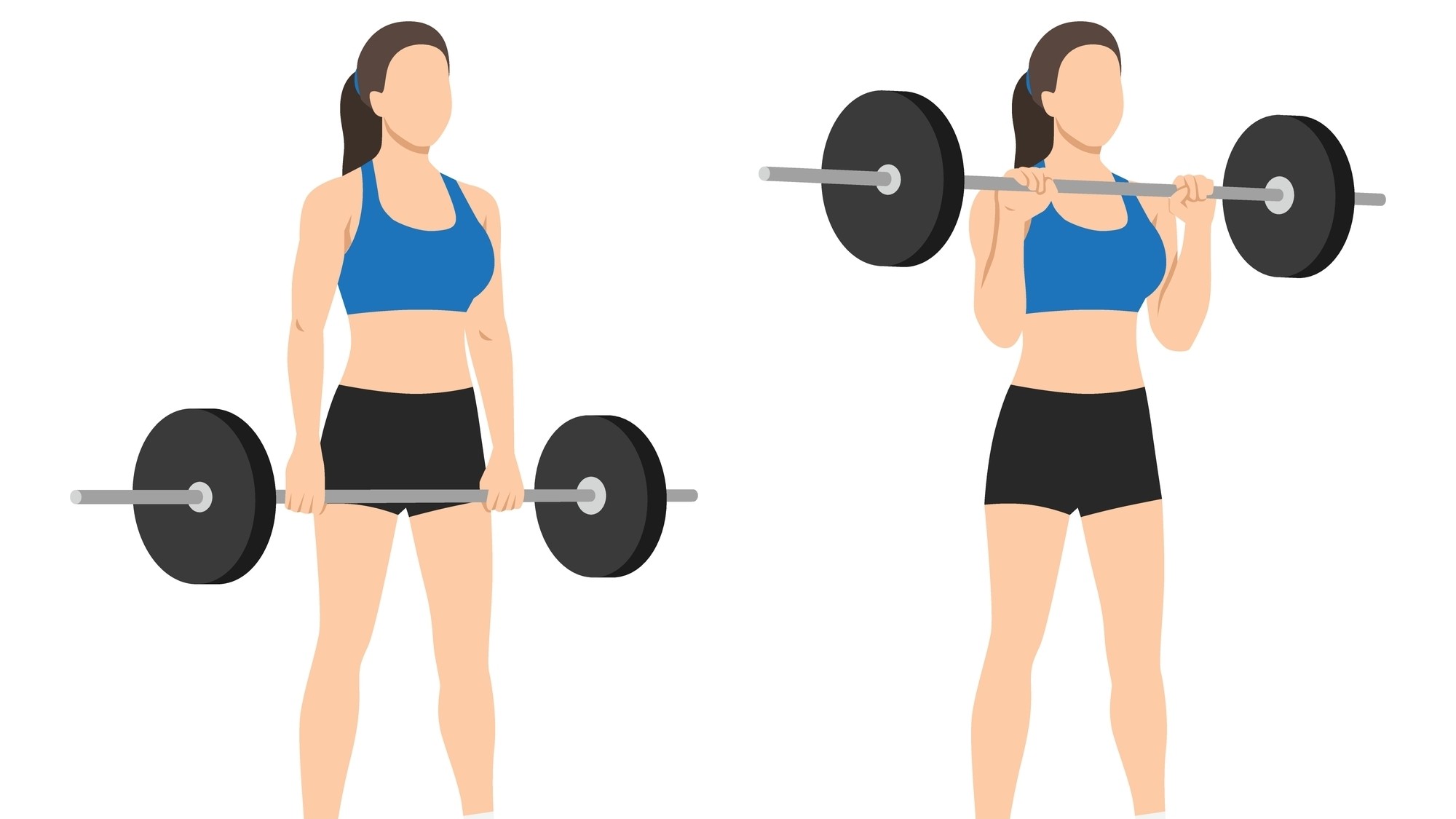
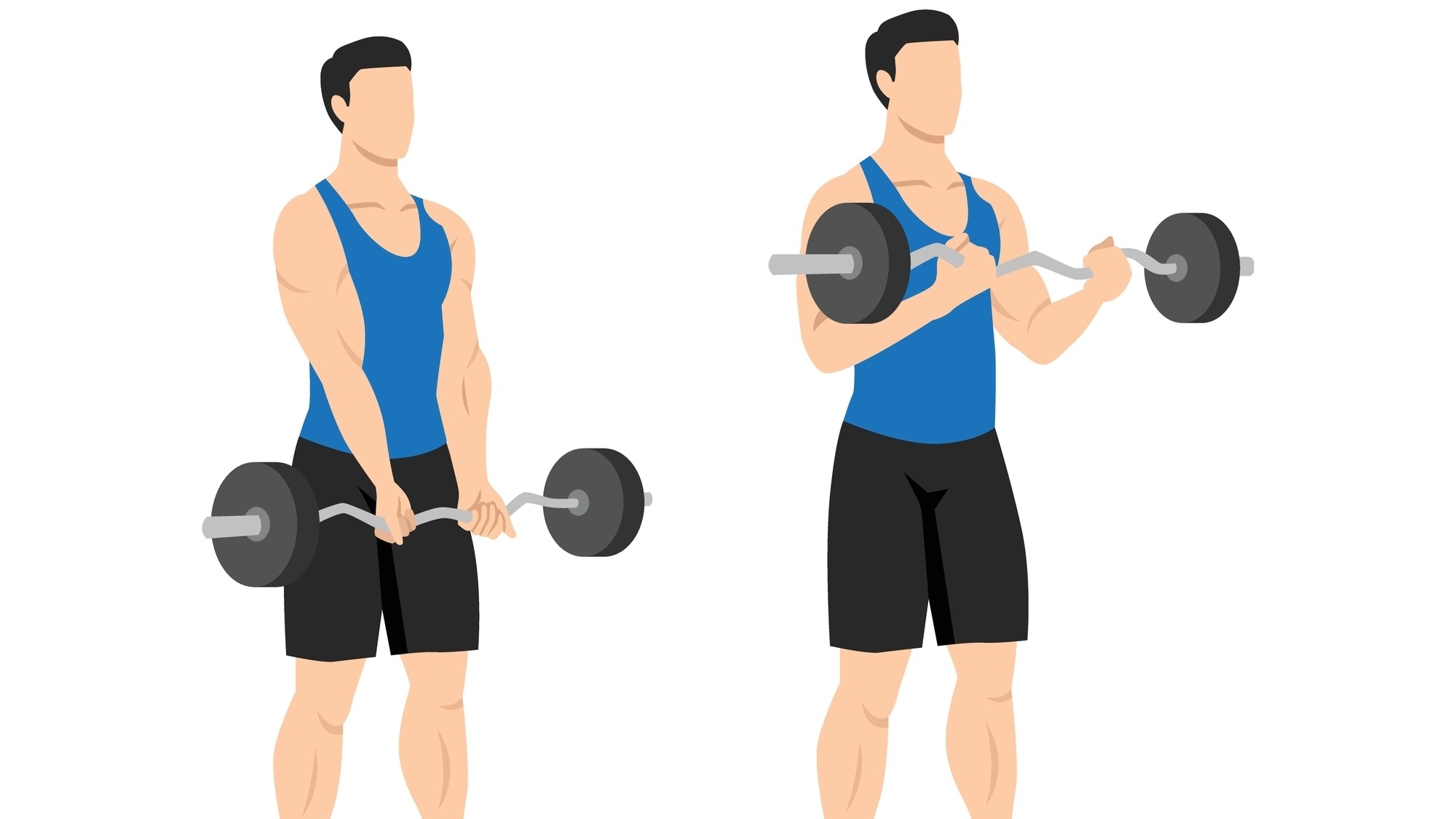
How:
- Stand with your feet hip or shoulder-width apart and give your glutes and abs a gentle squeeze
- Hold a set of dumbbells or a barbell in your hands, shoulder-width apart, using a pronated grip (overhand)
- Slightly tuck your chin and look forward, maintaining a soft knee bend
- Keep your shoulders drawn back and down and set them in place, creating tension through your upper back
- Bend your elbows and draw the weights toward your shoulders with control. Avoid arching your back and stand tall
- Slowly lower the weights down to the starting position and repeat for reps.
Choose a weight that allows you to perform 6-12 reps unbroken and with good form. If you plan to use a traditional resistance program, aim for 3-4 sets and work so the last few reps feel challenging to complete. Here's how to do a biceps curl for reference.
Reverse curls: Common mistakes
These are the most common mistakes we see.
Swinging weights
If you can’t achieve the curling motion or control the descent of the weight without swinging your arms, you’re not recruiting the muscles properly. Relying on momentum signals that you’re lifting above your ability. Not only does this reduce the effectiveness of the exercise, but it could also hurt your joints. Move with control through the eccentric load (lowering) and concentric phase (curling). Start light and build the weight as you get stronger.
Flexing wrists
Your wrists should remain neutral without excessive strain on the wrists. Grip your weights firmly without over-flexing or extending the wrists. To do this, look at your arms and ensure you can draw a straight line from your hands to your elbows.
Flaring elbows
If your elbows flare outward, your form needs some work. Try reducing the weight and focusing on correct movement patterns before building. Keep your upper arms still and elbows close to your ribcage, and allow your lower arms to draw upward, controlling the weight.
Reverse curls: Variations to try
Dumbbell reverse curls
If you enjoy working with free weights, then dumbbells are effective at helping you isolate both sides of your body so that your dominant side can’t take over the move. Hold a dumbbell in each hand or work one side at a time with one weight. You could also alternate one side at a time.
Barbell reverse curls
Just using the bar, you’re already loading between 10-20kg depending on the type of bar you have, allowing you to load pretty heavily if you can maintain your form. Grip your barbell overhand and position both hands shoulder-width apart, then lift the barbell toward your chest and shoulders.
EZ-curl bar reverse curls
The design of EZ curl bars reduces pressure on your joints by allowing you to angle your hands and grips. One study even found that the EZ curl bar works your biceps brachii and brachioradialis more during the whole range of motion of a curl compared with a dumbbell curl and can be more comfortable on the hands and joints than using a barbell. EZ bars are effective for isolating muscle groups, especially your biceps and triceps, as you can position your hands in different ways to target your upper arms.
Tempo curls
If you’d like to build the intensity of your reverse curl, slow the exercise down using a 3- or 4-second tempo as you lift and lower the weight. The added time under tension will help load the muscles on the eccentric phase (a proven method for muscle growth) and increase the intensity during both phases.
5-minute reverse curl EMOM to try
Every minute on the minute:
Minute 1: 12-15 reps
Minute 2: 10-12 reps
Minute 3: 8-10 reps
Minute 4: 6-8 reps
Minute 5: Max reps
Start using a light weight you can lift for 12-15 reps, then rest for the remainder of the minute. On the second minute, decrease your reps but increase your weight. Do the same for minutes three and four, then on minute five, either drop to a much lighter weight and achieve max reps for the whole minute, or choose a heavier weight and try for a one-rep max (the maximum you can lift with proper form).
A note from our personal trainer
Ensure you lift within your abilities and with the correct form, and stop if you experience sharp and prolonged pain. If you are returning to exercise from an injury, have a pre-existing health condition, or are pre or post-natal, consider speaking with your healthcare provider before starting a new exercise regime.
You should always feel in control of the chosen weight, and we recommend adopting warm-up sets using light weights to prime the muscles for the exercise. Remember to add rest days for your muscles to recover, however you choose to program your workouts.







